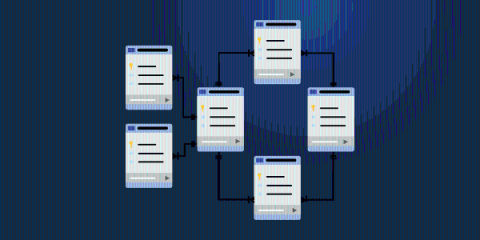What is Endpoint Management? Remotely Secure Your Organization's Devices
Each device's overall health and security affect the overall organization, and if an endpoint is not in good health, it could be a significant security risk. For example, the IDC discovered that endpoints such as laptops, desktops, or mobile devices are the origin of 70% of successful breaches. Because those endpoints often serve as a gateway for a security breach, robust endpoint management is essential for today’s modern organizations.











